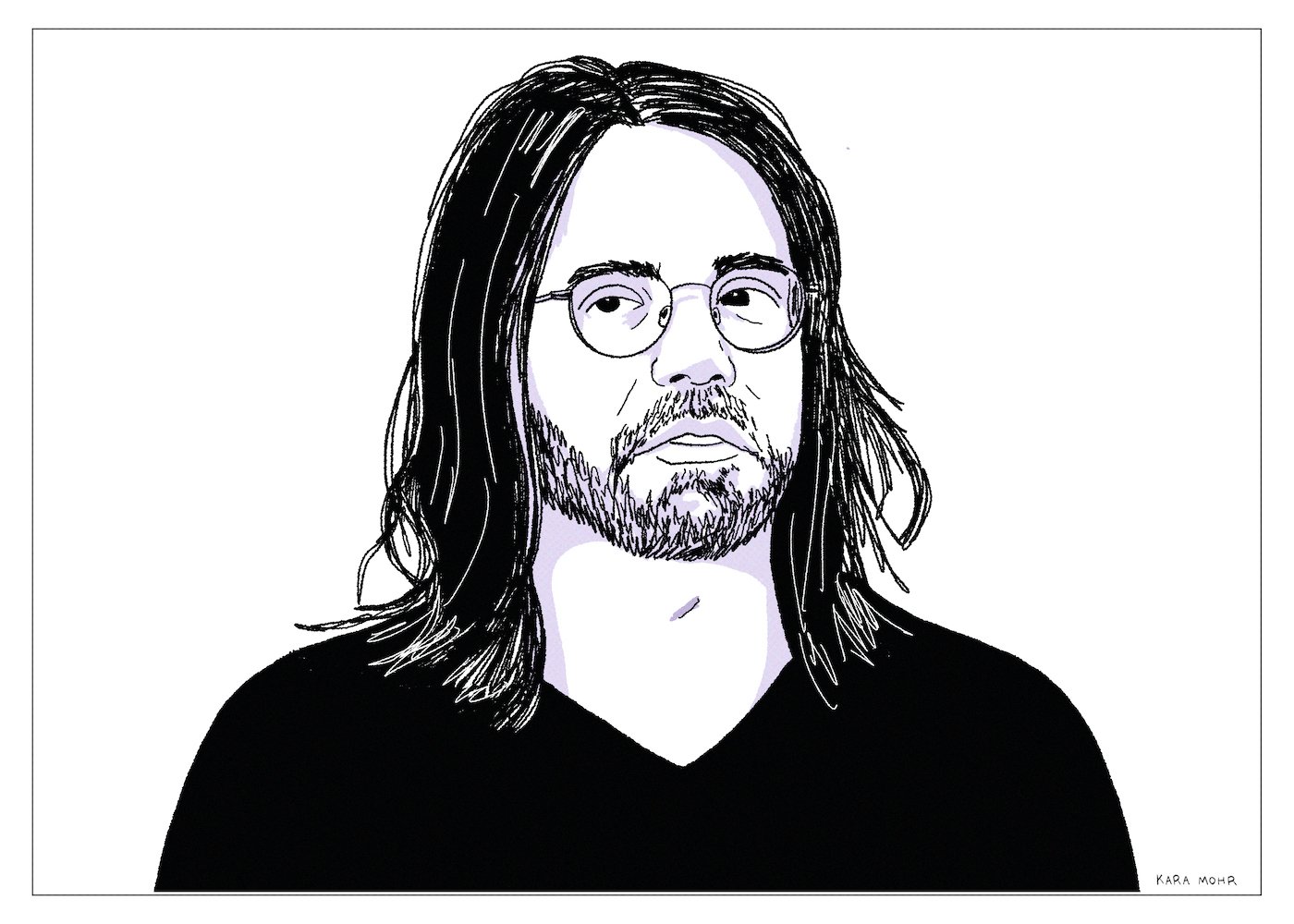
Keith Rainere “Totally Innocent Prog Rock Genius”
According to Nancy Salzman, at some point just before scoring the world’s highest IQ and becoming one of the world’s three greatest problem solvers, Keith Rainere taught himself many musical instruments, including the piano, which he could allegedly play at a concert level. Of the many claims made by NXIVM, I found this one most confounding simply because it is the most disprovable. During the nine hours of “The Vow’s” first season, the only proof we get of Rainere’s musical gift is a brief, middling performance of Beethoven’s “Moonlight Sonata” — a piece generally taken on by younger students in the first few years of their studies. On the basis of this showing, it’s hard not to conclude the obvious: Keith Rainere is no Keith Emerson. So, why? Why did he make such a bold and obviously false claim? IQ tests can be forged. Problem solving is hard to measure. But musical aptitude is hard to fake. The answer to my question arrived in the late Spring of 2019. According to the New York Post, some time after mastering all of those instruments but presumably before breaking the IQ test, Keith Rainere got really into Prog Rock — specifically Yes and Genesis. Which explains everything.
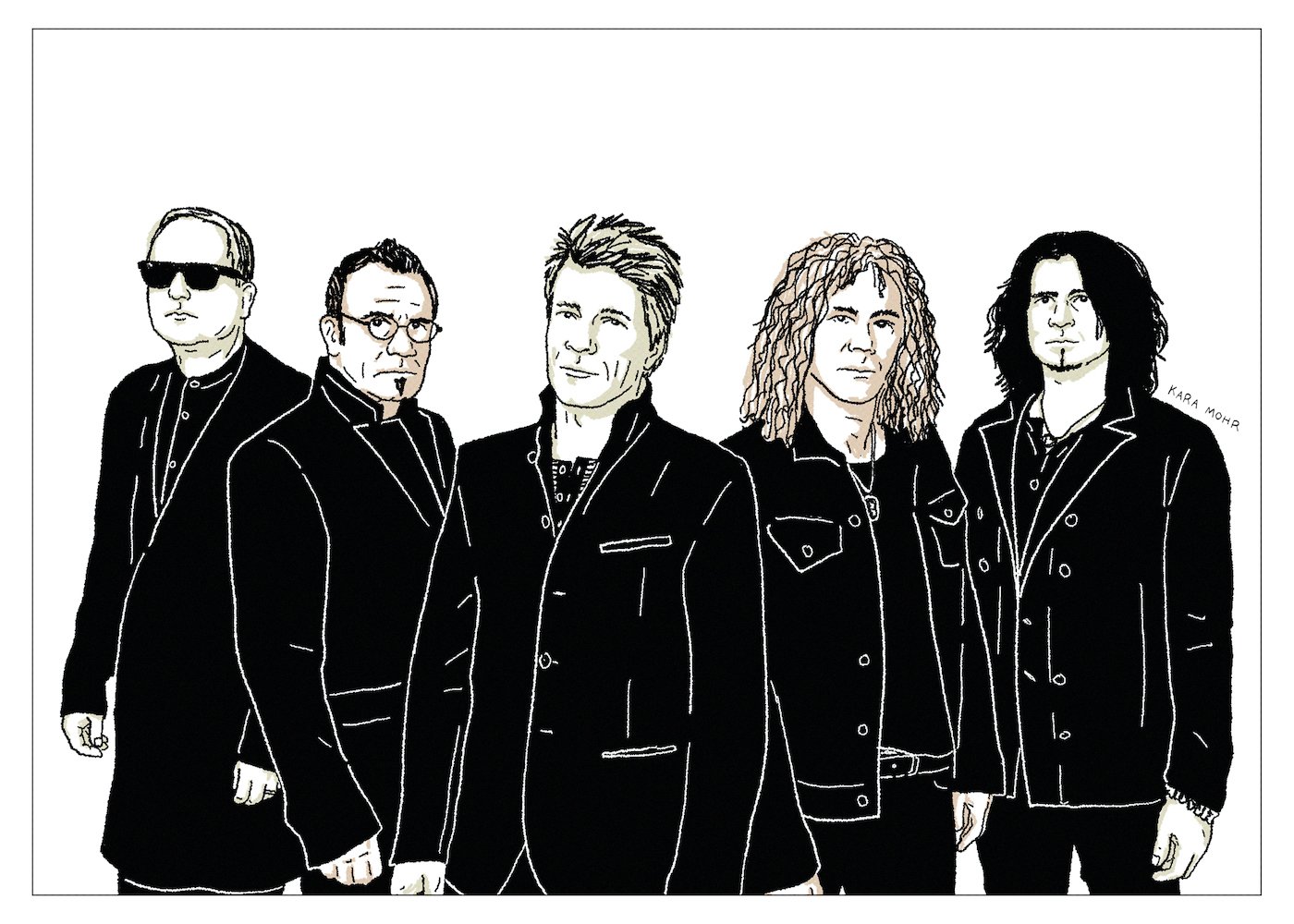
Bon Jovi “This House Is Not for Sale”
Though they were no longer America’s Biggest Rock Band, Bon Jovi could still sell (many) millions of albums. But it was clear to anyone who was paying attention that things had changed. Jon cut his hair and took up acting. Richie married Heather Locklear. Over the course of three decades, they’d traded in grit for nostalgia. Their fearlessness was subsumed by trite optimism. And though they’d sustained their spot on the charts, they’d regressed from something iconic to something more generic. By 2015, they had to confront the existential risk that all Arena Rock bands some day face: the challenge of being both universal and distinct. Many great bands had fallen into that chasm before: Journey, Foreigner and REO Speedwagon to name a few. But, not Bon Jovi. In just a few years, and without Richie Sambora, they went beyond arenas. Beyond namelessness and facelessness. They became the Bud Light of Rock and Roll — the highly consumable, mostly bland complement to Fox Sunday football.
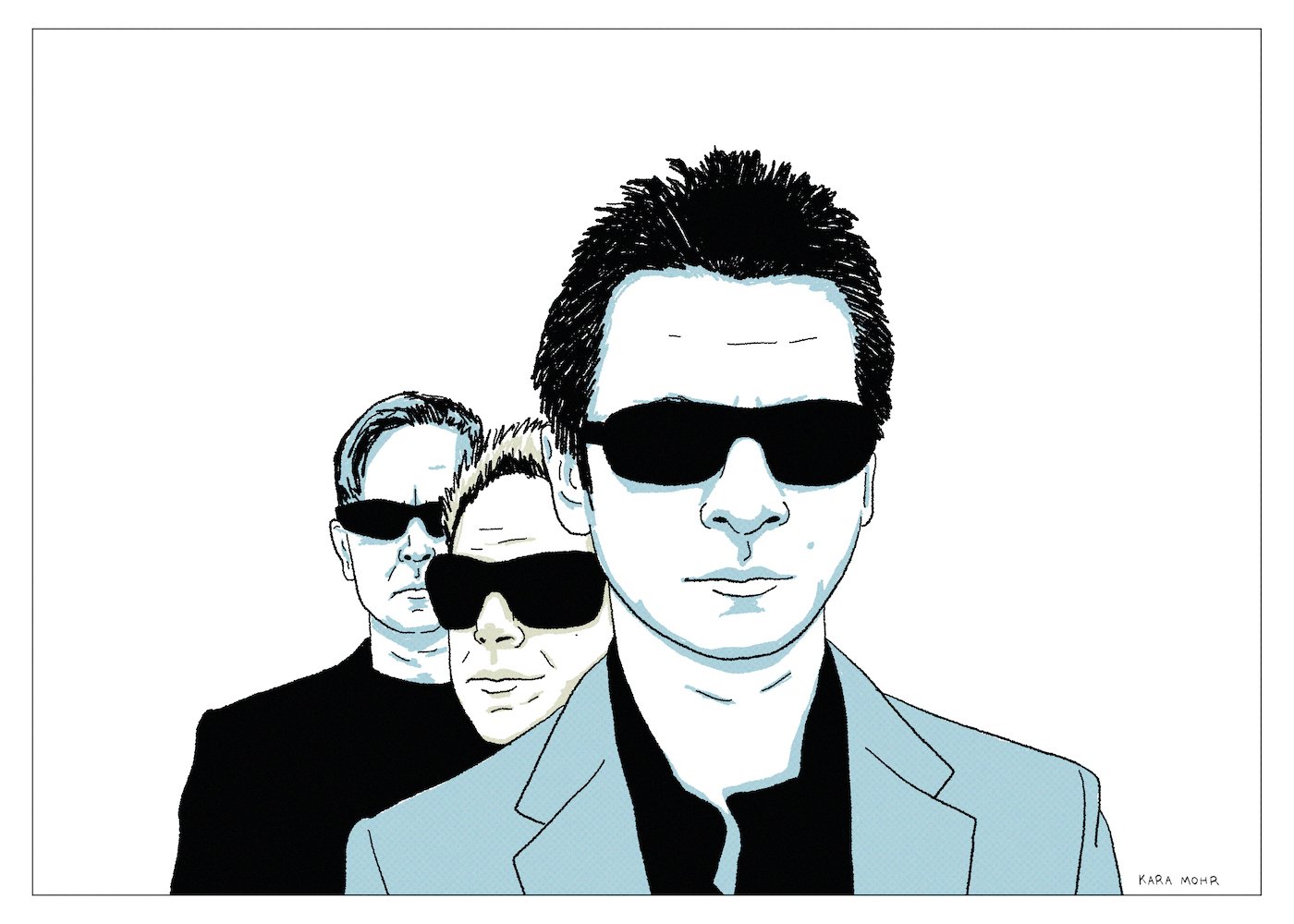
Depeche Mode “Playing the Angel”
By 1990, having graduated from new wave romantics to industrial futurists to “goth cowboy junkies,” Depeche Mode had inexplicably managed to conquer the world. And though they were churning — even rotting — on the inside, “Violator,” from that year, was inarguably their commercial and creative peak. It was also very nearly the death of the band. During the 90s, Gahan sunk deeper into heroin addiction, Gore was literally seized by alcoholism and Fletcher suffered crippling anxiety. The downward spiral continued until 2005, when Gahan, newly sober, and Gore, not sober and soon to be divorced, retreated with Fletcher to Gore’s home studio in Santa Barbara. The resulting album, “Playing the Angel,” was a deceleration and introversion following decades of the opposite. And while it was mostly a beloved album, it was not “peak Depeche Mode.” It’s a downing of the ante. It was also a minor miracle, recorded at the moment when the un-killable band suddenly seemed all too mortal.
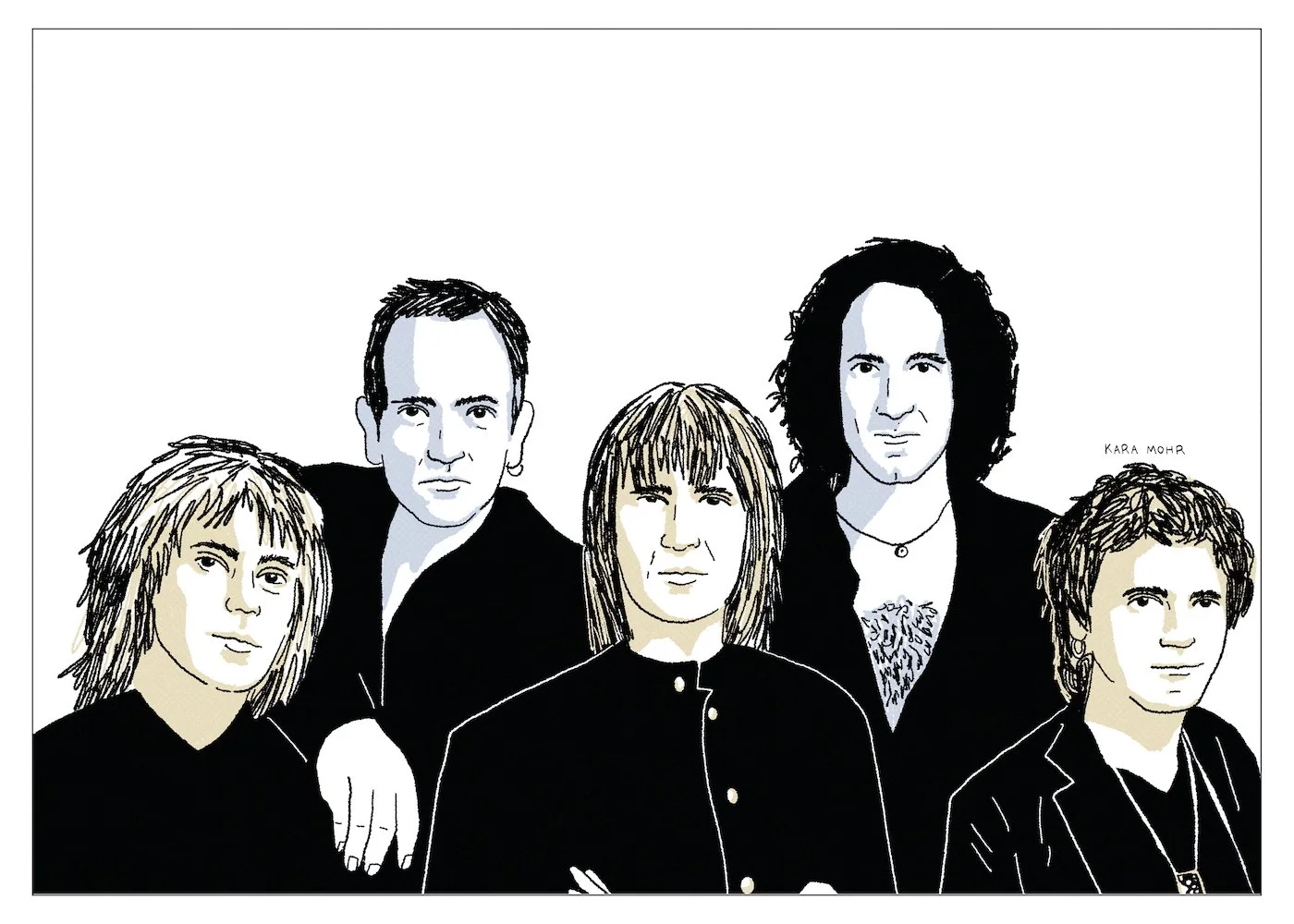
Def Leppard “X”
Def Leppard were once as American as apple pie. More than Bruce or Petty or Johnny Cougar, they were the soundtrack of the American Heartland. They were the grist for Rock radio, churning out pristine, semi-heavy, fully melodic singles, engineered by the future Mr. Shania Twain. With the arrival of Grunge and Alt, however, came the annihilation of Hair Metal. And though they did not precisely fit the genre, Def Leppard was a casualty of the 90s. On the brink of extinction, they tried everything to survive. They tried sounding like Stone Temple Pilots. They tried sounding like themselves. And then, finally, desperately, they tried the unthinkable. They hired wunderkinds Marti Frederiksen and Max Martin and made a bunch of tracks that resembled the third best songs from “American Idol,” if recorded by Bryan Adams for the Nordic market. On “X,” Def Leppard tried mightily to reclaim lost ground, but ultimately fell short of “popular” and landed awkwardly in the neighborhood of “pop.”
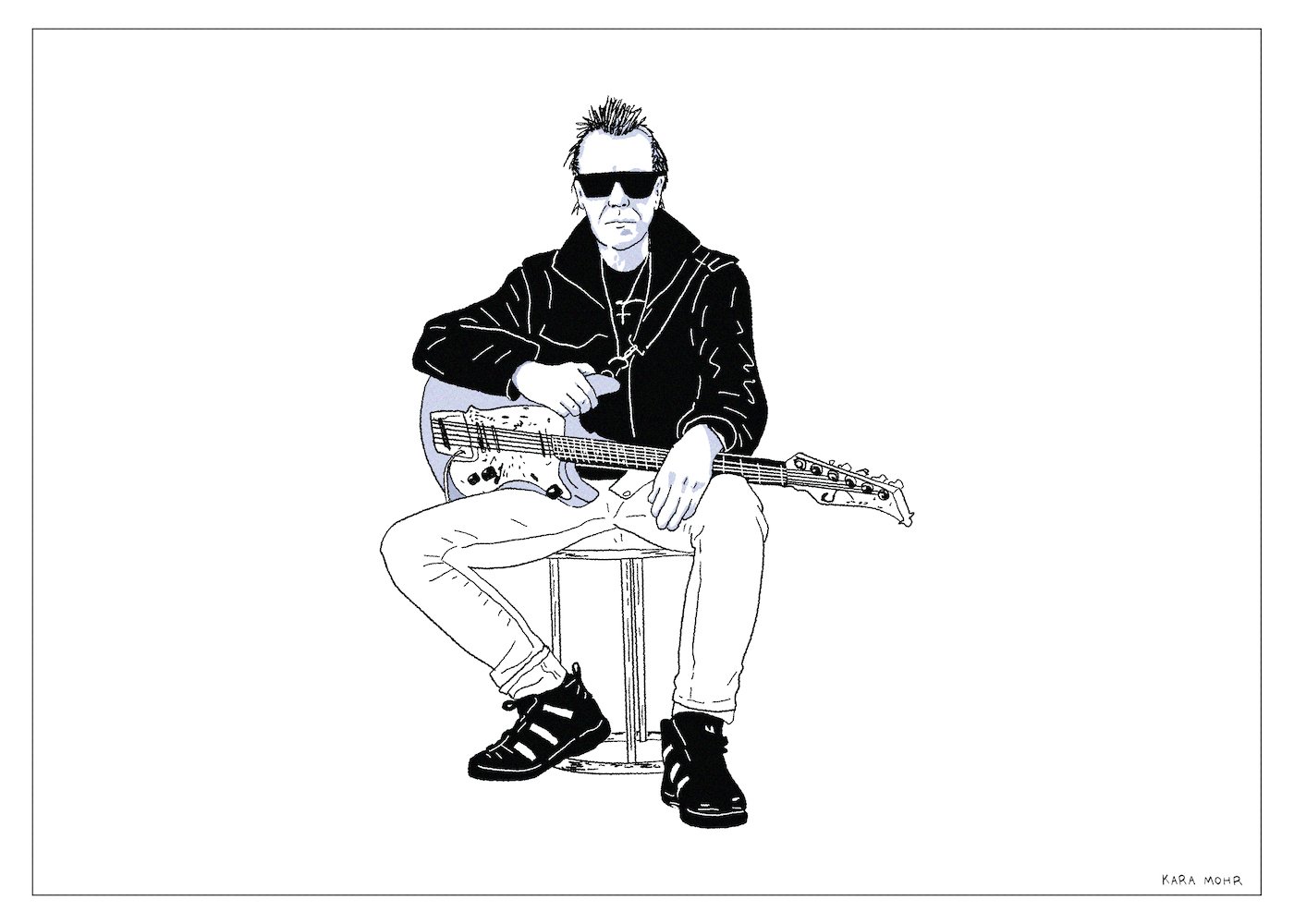
Link Wray “Barbed Wire”
After a dormant decade living a quiet life on a remote island in Denmark, the man who’d invented Hard Rock discovered his new sound. Amazingly, sixty-something Link Wray was faster, louder and scarier than his younger self. Whereas “Raw-Hide” and “Rumble” were soundtracks to noirish Westerns, his final performances sound like The Replacements scoring a 1950s drag race. Flanked by a band of much younger devotees, Grandpa Link returned to salvage his legacy. In spite of his indisputable greatness, he’d failed as a pop star. Failed as a folkie. And failed as a proto-punk. So, this time out — his last time out — he opted for all three incarnations. He wore black sunglasses, a leather jacket, a white tank top and a two foot ponytail and a thinning pompadour. He looked as though he’d either lost his mind or that he meant business. Or possibly both.
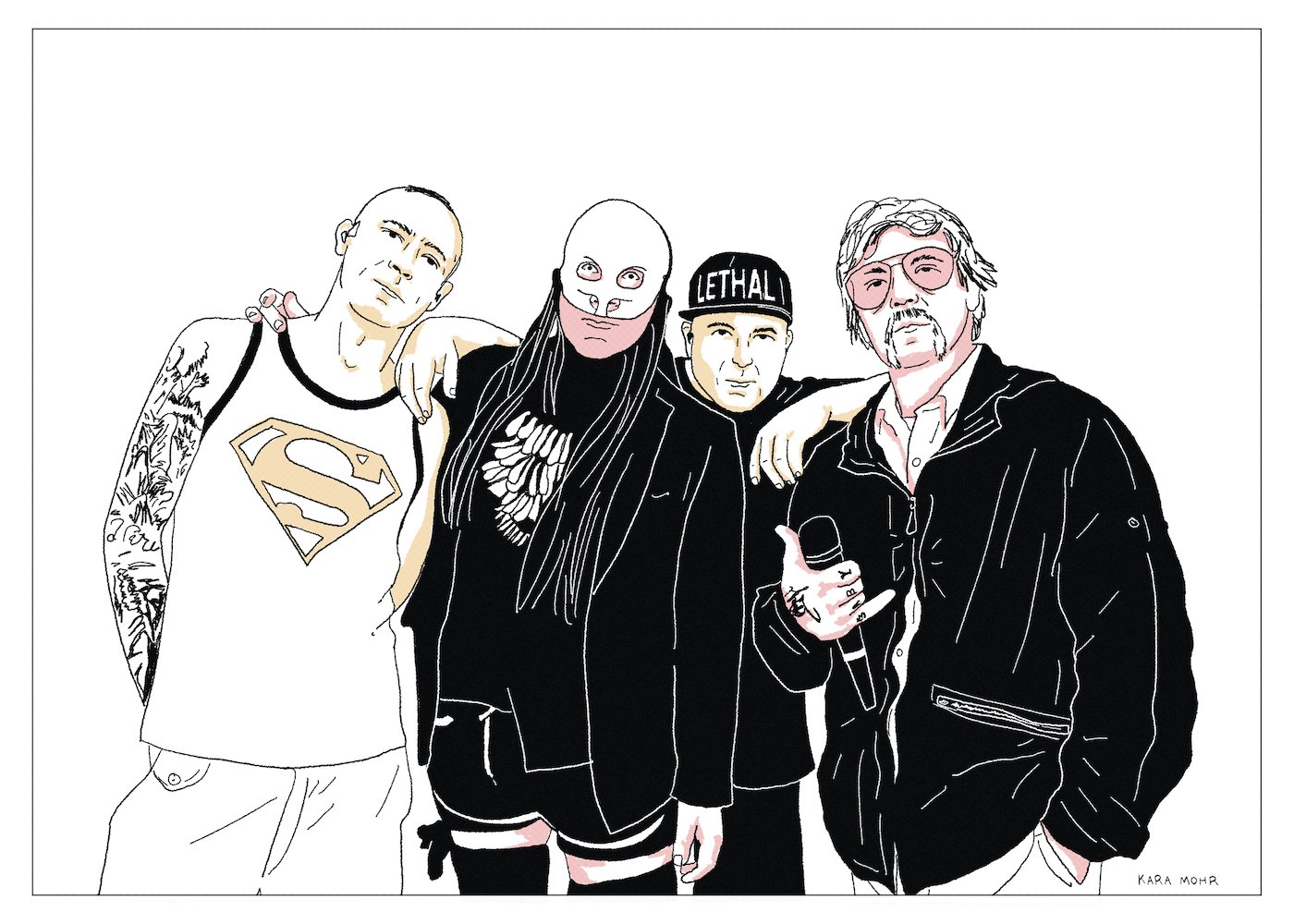
Limp Bizkit “Still Sucks”
There’s this rich, aging Floridian who’s prone to wearing red hats, saying horrible things about women, insisting that he’s a victim and flirting with Russia. Many Americans consider him to be a terrible, dangerous human. But to some, he remains unassailable -- almost godlike. His name, of course, is Fred Durst. The villainization of Durst is almost too easy. His name is basically synonymous with “douche.” And as popular as Limp Bizkit once was, they were more so reviled. To many, the band’s frontman has always been an under-talented, rage spewing bro. His litany of offenses is significant and the counter-argument is not terribly clear. Durst, however, has been consistent with his own defense: He is the lifelong victim of bullying and rejection. He’s horrified that his band’s music was co-opted by misogynists. He’s not the bad guy. He knows his band sucks. He’s in on the jokes. If anything, the joke is on us -- his critics. In fact, we are the bullies.
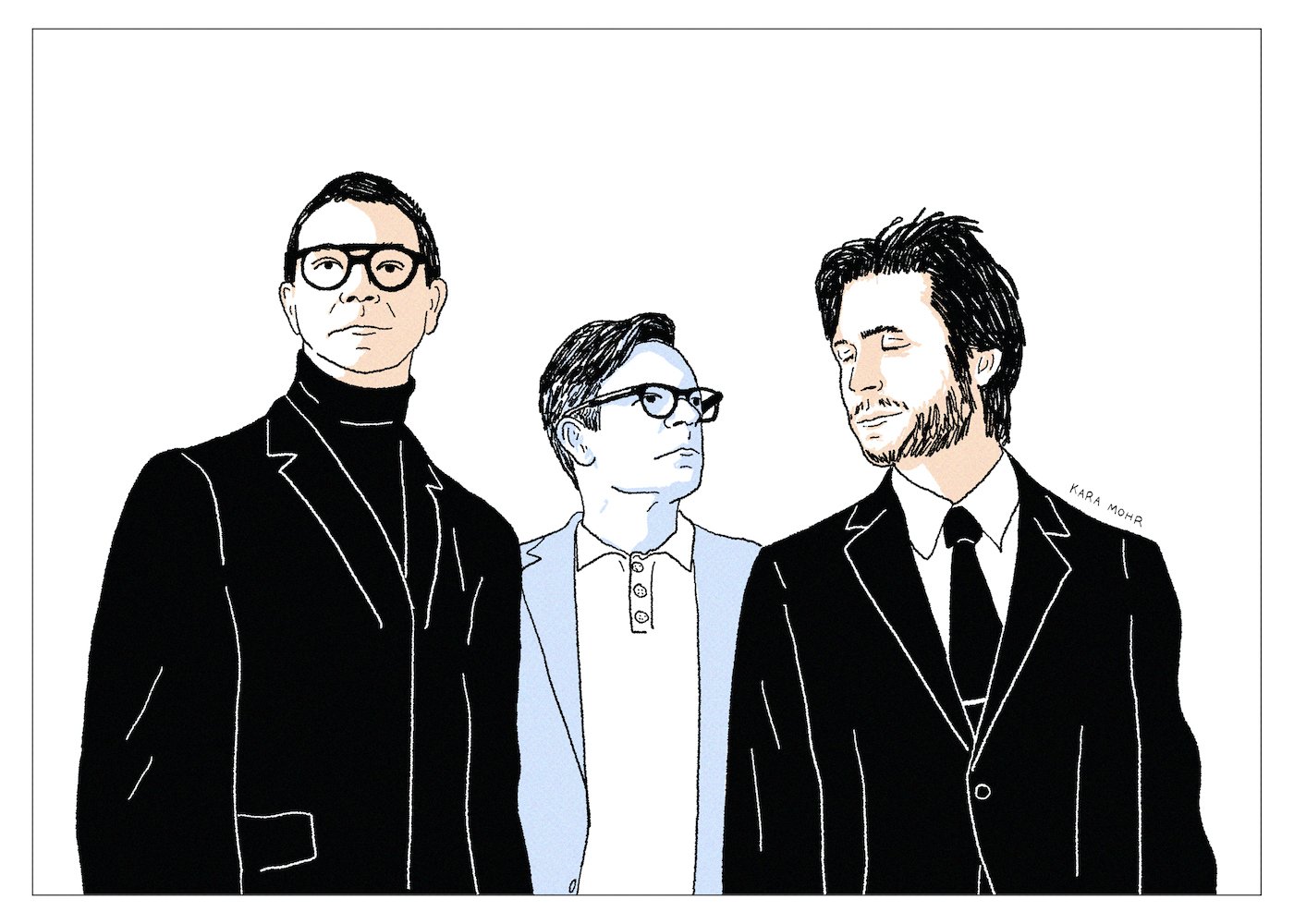
Interpol “The Other Side of Make-Believe”
Whereas most of those Williamsburg by way of Lower East Side bands of the early Aughts balanced post-collegiate pretense with drunken dude-ness, Interpol appeared to be all pretense. The suits. The black on black. The Factory Records of it all. Even before I heard a single note of their music, I was confused as to whether they were satire, or postmodern commentary, or totally earnest, or something I’d never encountered before. Eventually, though, I figured out that the Carlos and the Daniel and the Paul and the Sam I’d seen about town were identical to the ones who were on stage at Mercury Lounge. These were not actors. Those were not costumes. They were maybe not even uniforms. They were skins. And yet, back in 2002, every fiber in me was expecting the truth to eventually be revealed. The other black leather boot had to drop some day. No matter how great their debut album was. No matter how great their follow-up was. No matter how enduring the act, I was convinced that they’d trip up and be revealed as something fraudulent. Twenty years after “Turn on the Bright Lights,” though, I stopped waiting for the backlash.
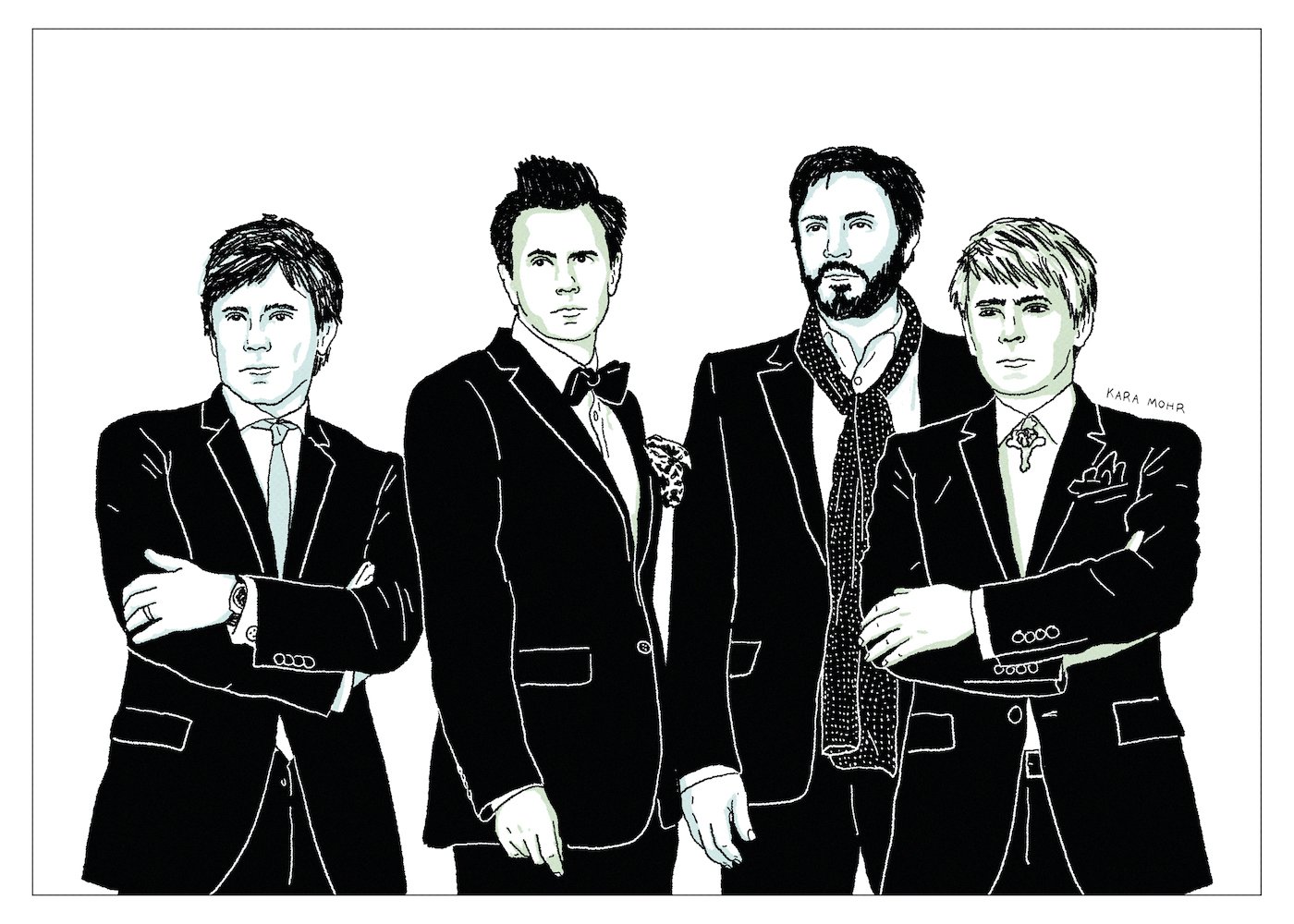
Duran Duran “All You Need Is Now”
By the time Duran Duran tired of their plight as Tiger Beat cover boys, it was too late. They would never be Chic meets Roxy Music, with a dash of The Sex Pistols. The corner of the world that they dreamed of had been claimed by New Order, The Cure and The Smiths. They were doomed to be Pop stars. And they could not tolerate it. After half a decade of fame, fortune, drink, drugs, and screaming girls, they splintered, and then buckled. And they’ve spent roughly the last forty years trying to put things back together — carefully toeing the line between looking back and looking forward. Their efforts included a forgettable covers album, a reunion of The Fab Five and a collaboration with Timbaland. But nothing worked. It increasingly seemed that Duran Duran would be remembered as one of the greatest Pop bands from the greatest moment in the history of Pop — and nothing more. Until, one day, Mark Ronson dared to wonder: “What if that moment returned?” Or rather, “What if we could recreate it? What if, thirty years later, we made the follow-up to “Rio?”

Ric Ocasek “Nexterday”
Ric Ocasek’s life after The Cars included a series of charming, lower stakes solo albums in between gigs as a “record guy.” For most of the 90s, he was a talent scout for Elektra Records and an elite producer for hire. But with Weezer’s “Blue Album,” Ocasek graduated from producer to “super-producer” — which meant he could do whatever he wanted, including making albums for Le Tigre and Brazilian Girls. It also meant that he could write poetry and paint and be the husband of a supermodel. He trimmed the New Wave mullet an inch or two, and maybe he added some lines to his face, but he still hid under the shades and bangs. He still wore oversized tops, buttoned all the way up. And he still had that odd earring dangling. In contrast, by 2005, Blondie was a nostalgia act. David Byrne was more high art than Pop. Sting made listless world music. And Duran Duran survived through the wonders of modern medicine. But Ric Ocasek, it seemed, had won. He’d done what Joey Ramone and Tom Verlaine never could -- stay weird and thrive. All of which makes his final solo album, “Nexterday,” hard to explain.
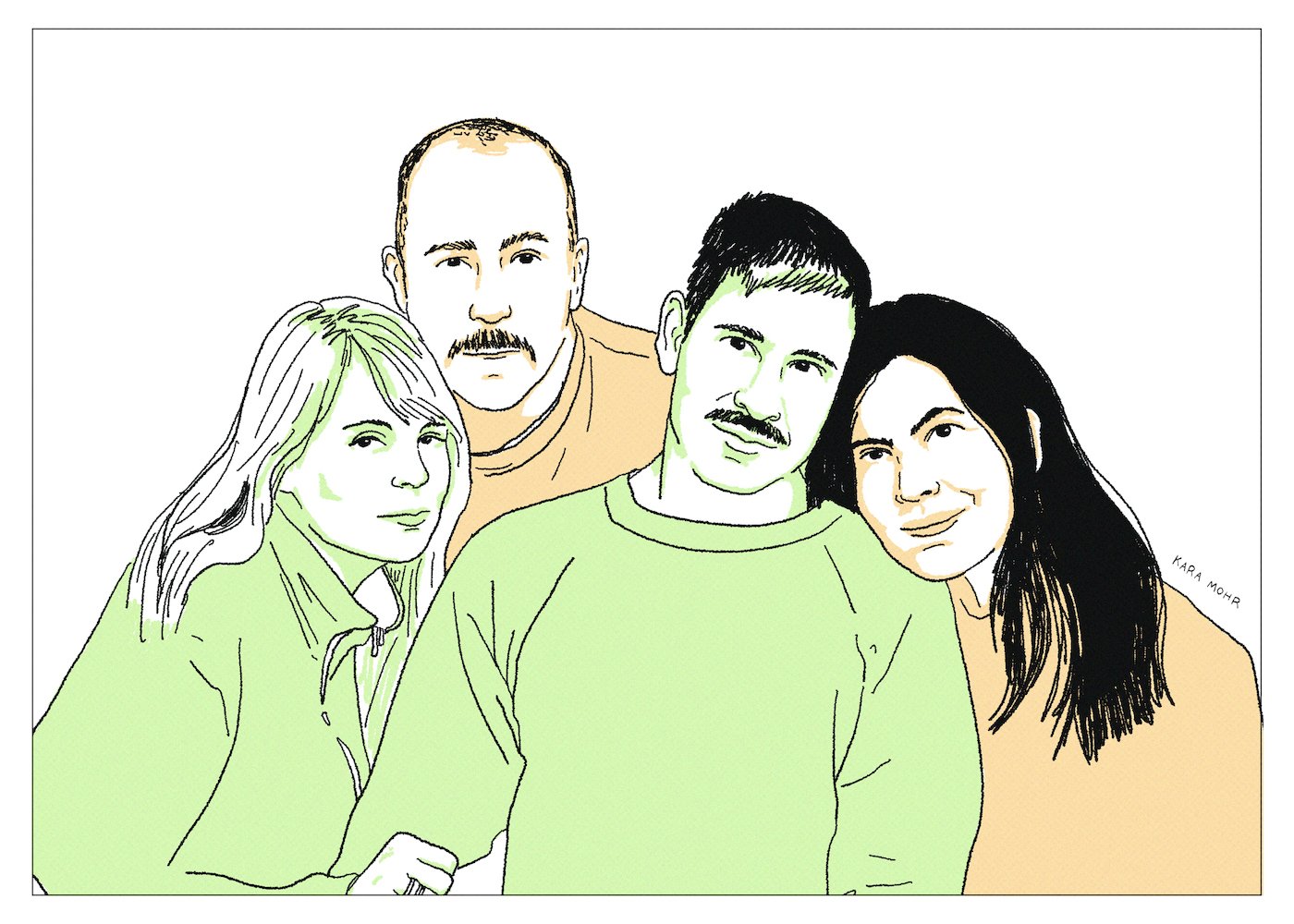
Imperial Teen “Feel the Sound”
By any reasonable standard, they never should have survived. All of those nineties “Buzz Bin” bands are gone. Fastball. Gone. Harvey Danger. Gone. Semisonic. Technically not gone but also gone. Marcy Playground. Either buried deep or gone. But Imperial Teen — the gender equitable, semi-queer group, who that sounded like ABBA if they’d swallowed The Pixies and who had that guy from Faith No More — kept going. Even after their first can’t miss single somehow missed. Even after they moved away and got other jobs and had kids. Even after their record sales dwindled. Even then, they’d get back together and make near perfect records full of bratty swagger, three part harmonies and hooks for miles. They’re the secretly Pop band who refused to get popular but also the Twee Indie act who never cowered. Which makes them a minor miracle.

Lyle Lovett “Release Me”
Has there ever been someone so completely reliable as Lyle Lovett who looked so completely dodgy as Lyle Lovett? One of his eyebrows is perpetually raised while the other sits still. His mouth turns down in one corner while the other side purses. When he smiles, it looks like he’s in pain. And don’t even get me started with the hair. On the most superficial level, he does not look like a guy you can trust. And yet, by the 1990s, it was settled fact: Lyle Lovett is completely trustworthy. See the piles of four star reviews. The six straight Gold (not Platinum, because that would be too showy) albums. The four Grammy wins. And the fact that, in 2012, when he was making his “contractual obligation album” — the thing that is supposed to be resentful and perfunctory — he was still impossibly mannered and listenable. Turns out that Lyle Lovett is the exact opposite of dodgy.
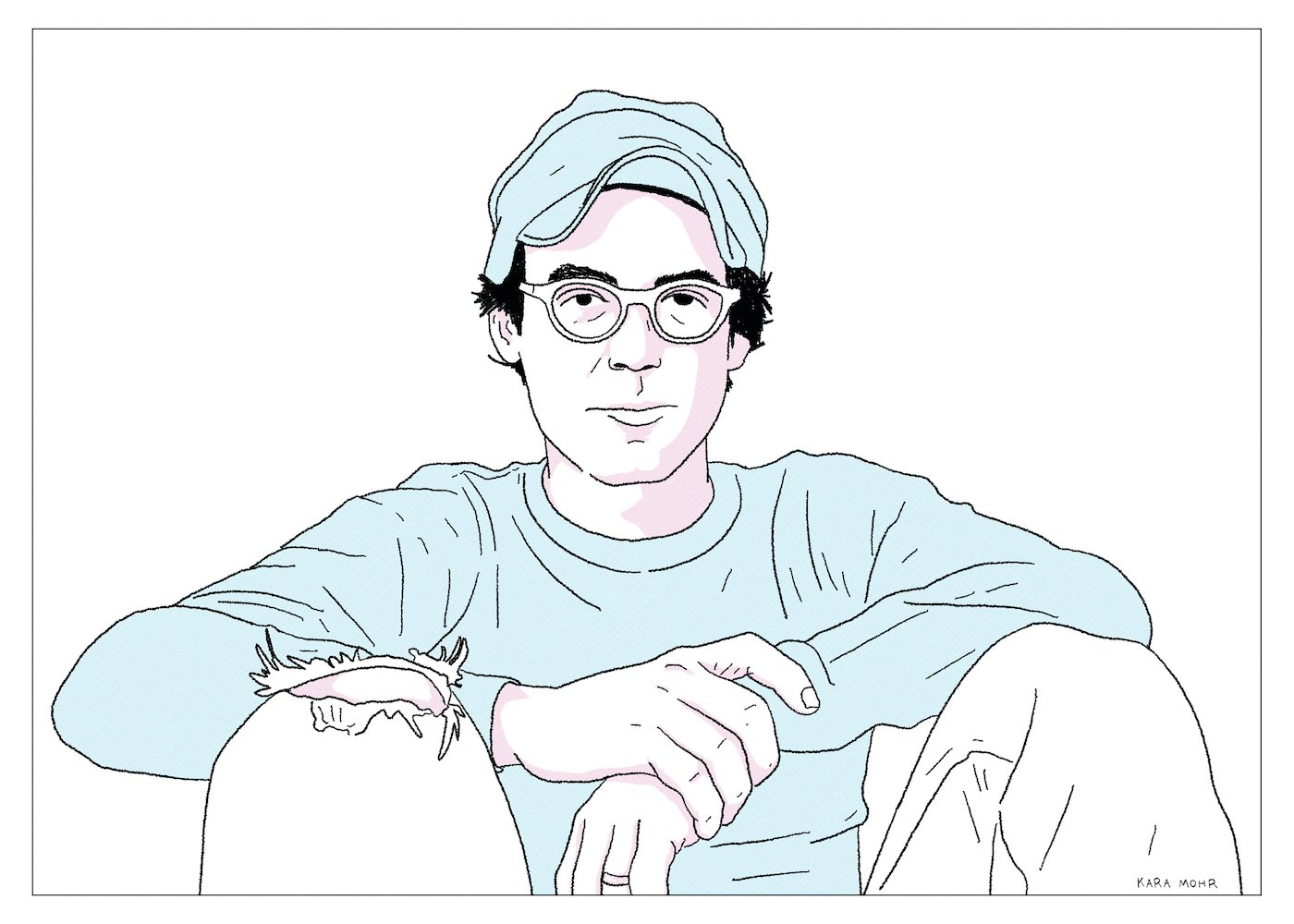
Clap Your Hands Say Yeah “The Tourist”
Twelve years after Pitchfork landed on his head, Alec Ounsworth was still making music as Clap Your Hands Say Yeah. And while he may not have been the first guy to go straight from the basement to the main stage, he was likely the first one to do so without a record deal. Ounsworth was never exactly famous, but he is famously introverted. And that disposition led him from the brink of stardom to a career of relatively minor albums and concerts inside the living rooms of fans. At forty, married and with a daughter, but still proudly without a record label, Ounsworth reconstituted CYHSY to sing us some songs about middle age ennui. “The Tourist” is almost exactly what its title promises and mostly what long time fans were hoping for. Ten oddly melodic, predictably anxious tunes about an introvert who wants to be seen almost as much as he needs to disappear.

John Fogerty “Revival”
Truth matters. Of course. But on the other hand — and especially in the curious case of John Fogerty — who the hell knows? Was he the Mark Twain of his generation or the Atticus Finch or was he just the guy who connected the musical dots between Ricky Nelson, Little Richard and Neil Young? How did the man who was once our answer to Paul and John just one day just disappear? As spectacular as Fogerty’s early run with Creedence was, everything that followed seemed like an unsorted mess. Seriously, what happened? Was he impossible to deal with. Did his muse dry up? Why was he always in court? Who was the hero and who was the villain? Time resolved some things. Lawsuits were settled. Contracts expired. People died. And, of course, John Fogerty had his beloved, if still perplexing, second act.
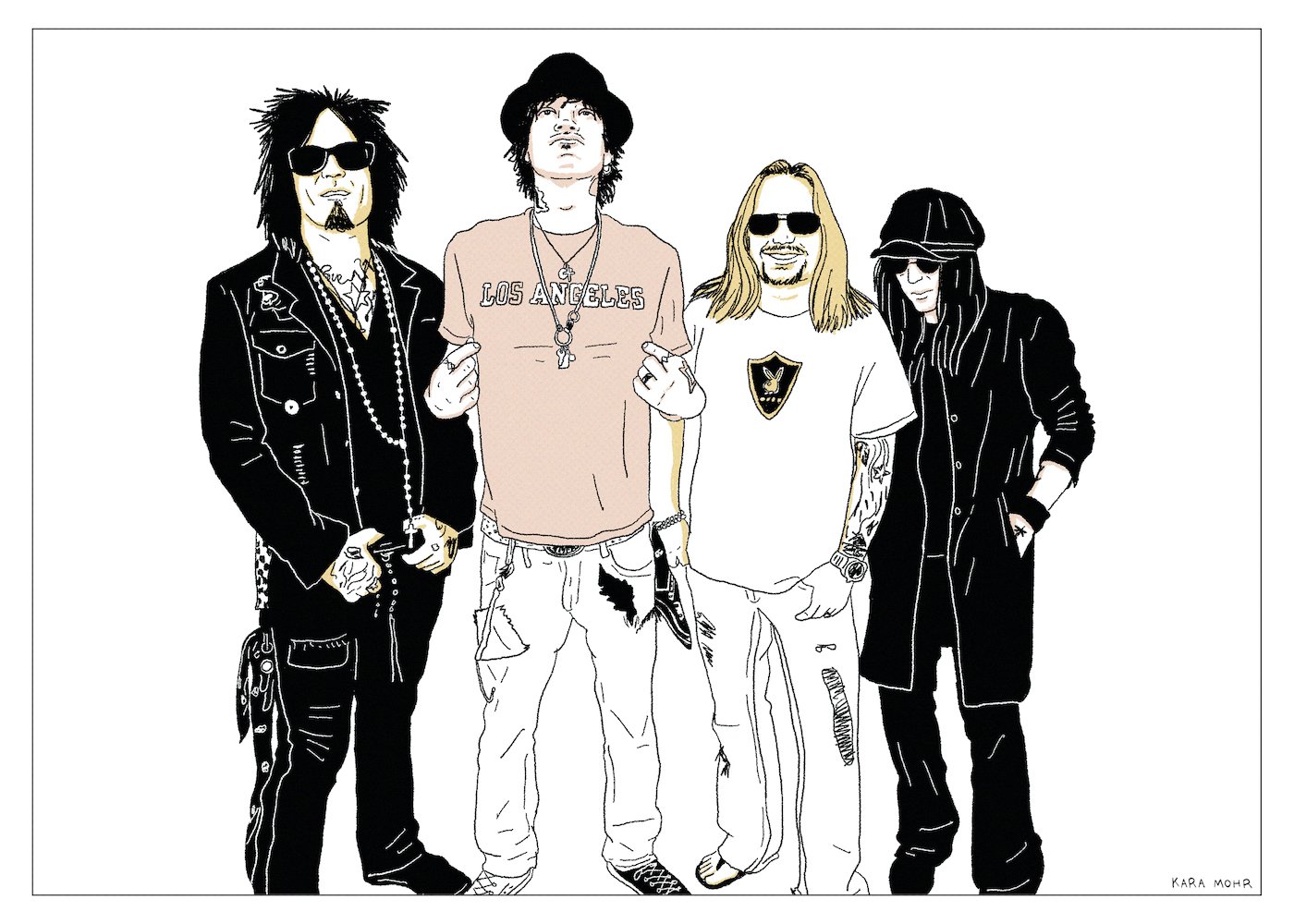
Mötley Crüe “Saints of Los Angeles”
Two bands. Both inspired by The New York Dolls. Both with silly haircuts. Both with bassists who died, though only one of whom stayed that way. Both famous for leaving destruction in their wake. Both accused of nihilism. Both the subjects of gossip, books, movies and films. One was born in 1975 and, for the most part, was done by 1978. The other formed in 1981 and, though they’ve said farewell numerous times, is still going to this day. One of these bands is thought of as high art. Scholarly tomes obsess over them. Meanwhile, the other band -- the generationally popular one -- is the butt of jokes. One is English and enthralls me. The other is Californian and confounds me. The more I considered the two bands, separated by critics and 5,437 miles, the more I had to confront the idea that their Sex Pistols might be our Mötley Crüe.

Weezer “Weezer (White Album)”
Whatever twentieth century Weezer suggested, twenty-first century Weezer signified something else. According to their critics, each successive model of the band represented another victory for irony over vulnerability; a validation of generic Pop Punk and the commodification of Emo. They meant that Blink 182 and Sum 41 and Fallout Boy were the winners. Worse still, it seemed like Rivers Cuomo either embraced it all or just did not care. It was an unmistakable betrayal — like in “Revenge of the Nerds 3: The Next Generation,” when nerd-king Lewis Skolnick grew a ponytail and fraternized with the Alpha Betas. “Everything Will Be Alright in the End” (2014) was Weezer’s promise to be “good” again — a full-throated apology everything that happened after “Pinkerton.” But here’s the thing about promises: they are much easier to make than they are to keep.
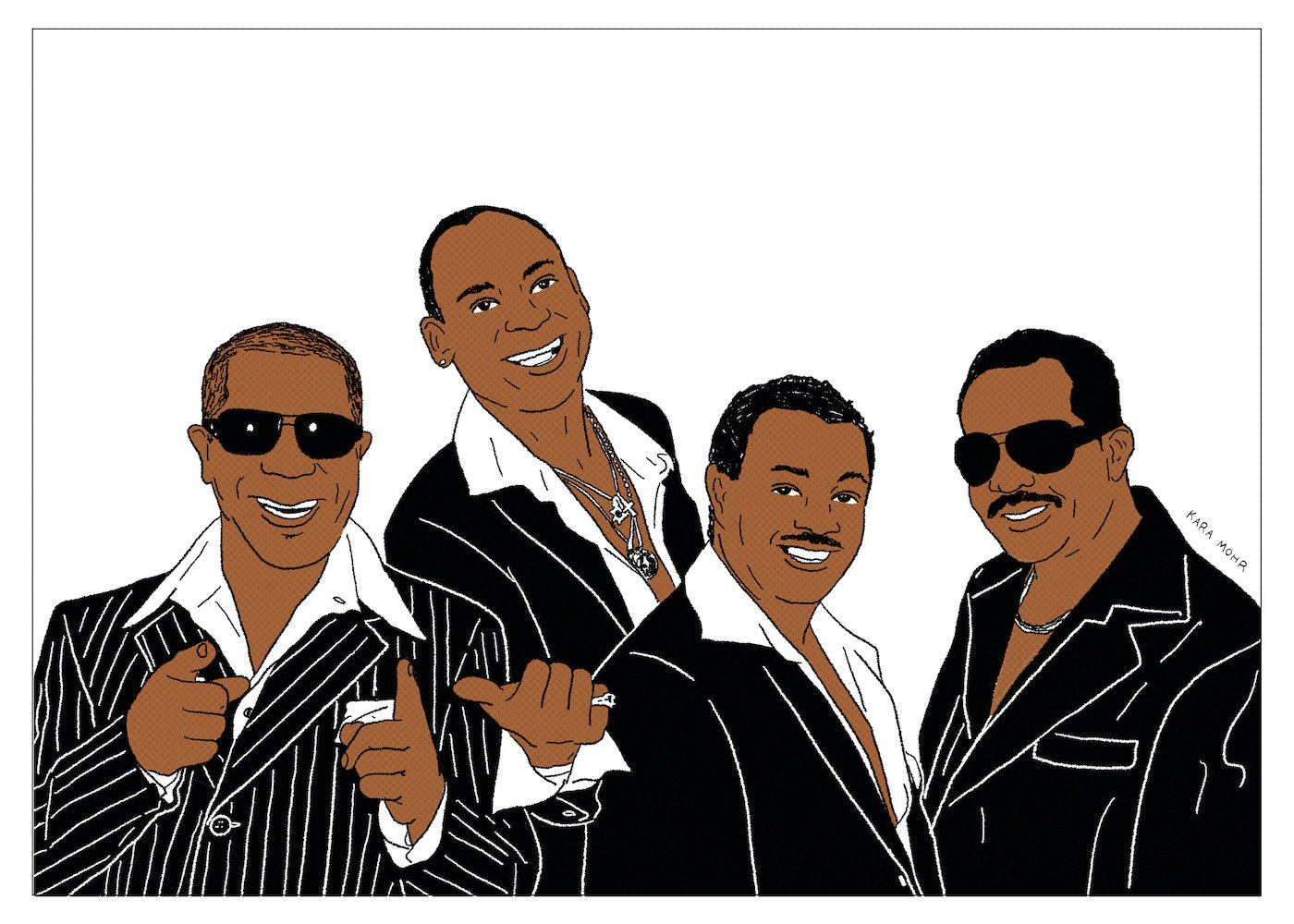
Kool and The Gang “Still Kool”
Many artists straighten out and lighten up as they age. Phil Collins comes to mind. Early Genesis fans could not have imagined “Against All Odds” in the same way that “Sussudio” lovers could not have fathomed “You’ll Be in My Heart.” Similarly, there’s a massive chasm between Cream’s “Tales of Brave Ulysses” and Clapton’s “Change the World.” And yet, compared with Kool & the Gang, those other paths seem almost linear. After nearly twenty years spent dialing down their Jazz and cleaning up their Funk, Kool & the Gang made their way to the top of the charts and into every birthday party, wedding and bar mitzvah the world over. Then, their ensuing hits, from “Joanna” through “Cherish,” got so light that the group began to sound like El DeBarge fronting Chicago. Two decades later, though their classics survived in Hip Hop samples, Kool & the Gang had basically floated away.

Sugar Ray “Music for Cougars”
Years after the clock had counted down from “14:59,” when the endless summer was over and when Mark McGrath went fully blonde, Sugar Ray were on sabbatical. Meanwhile, wunderkind producer, John Abraham, was ascending, cutting records for everyone from Staind to Weezer to Velvet Revolver and Pink. And though in 2008 there was almost nobody on the planet -- including Mark McGrath and his bandmates -- clamoring for a new record from Sugar Ray, Abraham offered the group a deal. Where the rest of us saw a past prime hunk and his band, born from the gunk under Matchbox 20 and Blink 182, Josh Abraham saw unfinished business. So, in 2008, in the face of the zeitgeist, Sugar Ray began recording “Music for Cougars.” Yes — that really is the title.
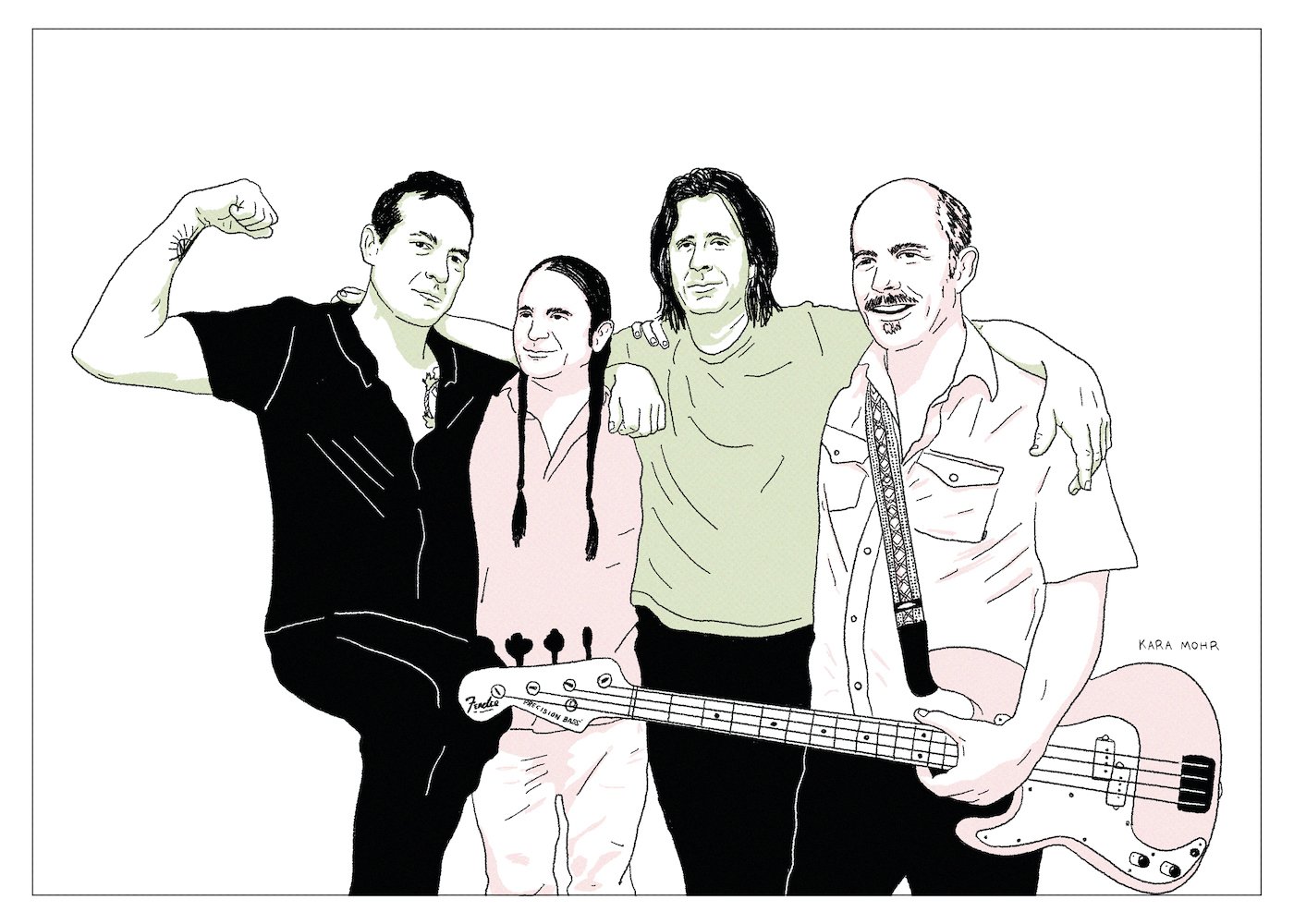
Hot Snakes “Jericho Sirens”
Hot Snakes are a miracle. They are a miracle for how they survived the legends of Drive Like Jehu and Rocket From the Crypt. They are a miracle for how John Reis rolls riffs from a twenty-sided die. They are a miracle for how Rick Froberg screams so loudly, so precisely on tune. They are a miracle for how much force and tension they create and how quickly they release it. They are a miracle for how they disappeared and how, more than a decade later, they came back. But, mostly, they are a miracle for how they marry Rick’s fuck-it-all-ness, with John’s fuck-yeah-ness. That is their greatest miracle.

Ichiro Suzuki “What Else Can I Do”
Like the magical Madrigal children from Disney’s “Encanto,” Ichrio Suzuki was only allowed to be one thing. In his case: the greatest hitter of singles. Just like Madrigals, however, his blessing was also his curse. As a child, when he wanted a day off from the incessant, metronomic process of becoming Ichiro, he just sat down in centerfield and refused to play. His father responded by whizzing baseballs at him. Later, when Nobuyuki Suzuki turned over the training of his son to high school coaches, he had one instruction: “No matter how good Ichiro is, don’t praise him. We have to make him spiritually strong.” In perhaps the most understated reflection on one’s childhood ever, Ichiro recalled, “It bordered on hazing and I suffered a lot.”

Funkadelic “First Ya Gotta Shake the Gate”
When it comes to George Clinton, nothing is simple. Memories are unreliable. Facts are covered in Funk. Dusted with glitter. Stored on old, warped floppy discs, under piles of drugs, in the basement of a barber shop in New Jersey. By 2014, when Clinton turned seventy-thee, the story of Parliament-Funkadelic was something in between a cold case and a myth. Part of me thought that they were the single greatest influence on contemporary Pop music. Another part was convinced that they were the biggest tragedy in the history of Rock and Roll. I thought I’d never know the truth. But then, within a single month, George released his autobiography and Funkadelic released a thirty-three song, three and a half hour, triple album — their first new music since 1981.
